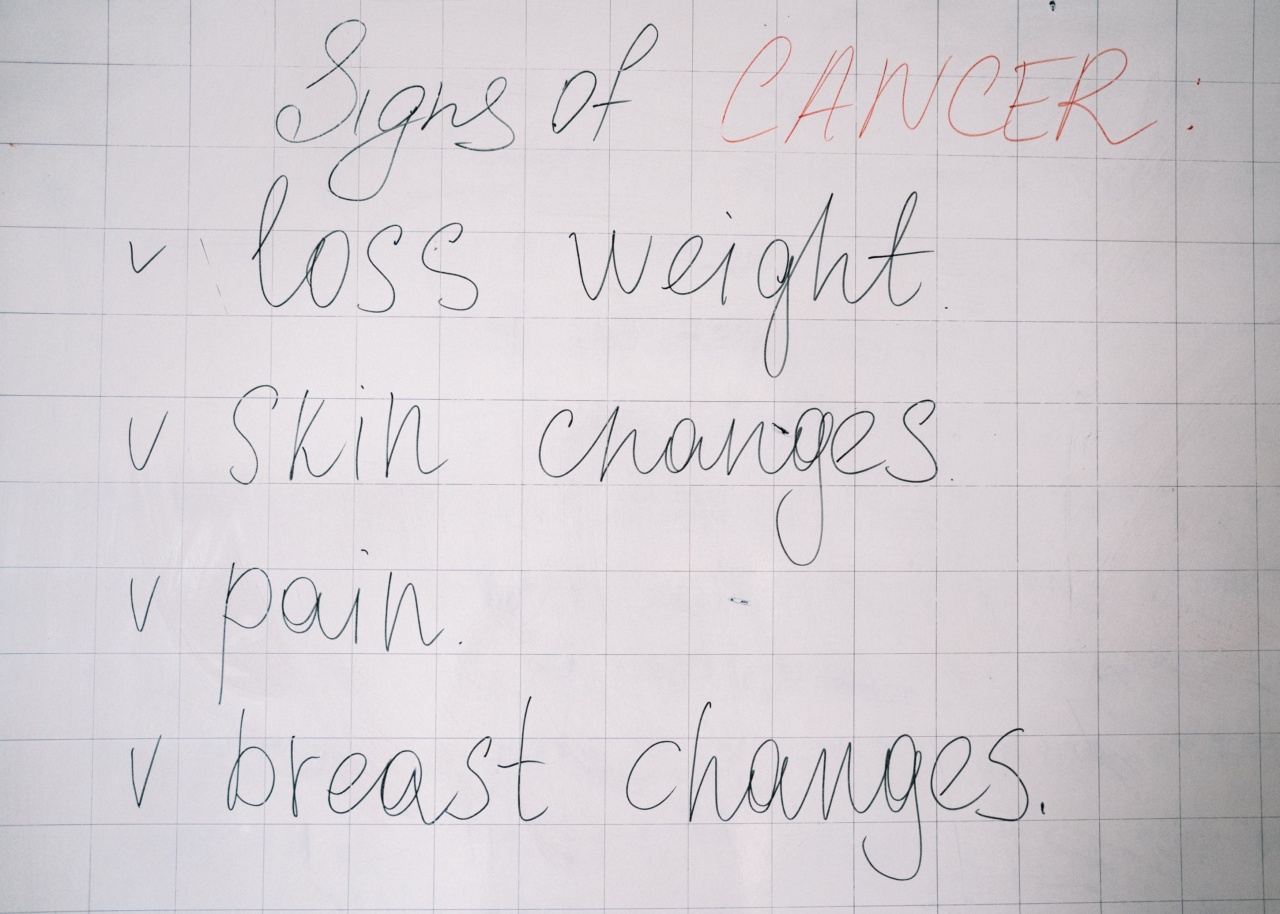Liver cirrhosis is a chronic and progressive liver disease that occurs due to long-term damage and scarring of the liver. It is characterized by the replacement of healthy liver tissue with scar tissue, leading to impaired liver function.
This condition can have various causes, including excessive alcohol consumption, viral hepatitis, fatty liver disease, and certain genetic disorders.
Causes of Liver Cirrhosis
There are several factors and conditions that can contribute to the development of liver cirrhosis. Some of the most common causes include:.
- Excessive alcohol consumption
- Viral hepatitis (such as hepatitis B or C)
- Fatty liver disease (non-alcoholic)
- Autoimmune hepatitis
- Genetic disorders (such as Wilson’s disease or hemochromatosis)
- Chronic infection or inflammation of the liver
Warning Signs of Liver Cirrhosis
Liver cirrhosis often progresses slowly and may not cause noticeable symptoms in the early stages. However, as the disease advances, certain warning signs and symptoms may start to appear.
It is important to recognize and understand these symptoms to ensure timely diagnosis and appropriate medical intervention. The following are four vital symptoms that may indicate the presence of liver cirrhosis:.
Fatigue and Weakness
One of the initial signs of liver cirrhosis is fatigue and weakness. As the liver becomes damaged and its functioning impaired, it fails to produce enough energy for the body’s needs.
This results in a constant feeling of tiredness and weakness, even after adequate rest and sleep.
Jaundice
Jaundice is a condition characterized by yellowing of the skin, eyes, and mucous membranes. It occurs when the liver fails to process bilirubin, a yellow pigment produced during the breakdown of red blood cells.
In liver cirrhosis, the impaired liver function leads to a buildup of bilirubin in the body, causing the characteristic yellow discoloration.
Abdominal Swelling and Ascites
As liver cirrhosis progresses, fluid may start to accumulate in the abdominal cavity, a condition known as ascites. This occurs due to increased pressure in the blood vessels surrounding the liver.
Ascites leads to abdominal swelling, bloating, and discomfort. In severe cases, the accumulation of fluid may cause significant distension of the abdomen.
Easy Bruising and Bleeding
Another common symptom of liver cirrhosis is easy bruising and bleeding. The liver plays a crucial role in producing clotting factors, which help in the formation of blood clots to prevent excessive bleeding.
In cirrhosis, the liver’s ability to produce these clotting factors is compromised, leading to increased risk of bleeding and easy bruising.
Other Possible Symptoms
In addition to the vital symptoms mentioned above, liver cirrhosis can also manifest with other signs and symptoms, including:.
- Loss of appetite and weight loss
- Nausea and vomiting
- Mental confusion or changes in behavior
- Itchy skin
- Spider-like blood vessels on the skin
- Dark urine
- Pale or clay-colored stools
Conclusion
Liver cirrhosis is a serious and potentially life-threatening condition that requires early detection and proper management.
Knowing the vital symptoms of liver cirrhosis, such as fatigue and weakness, jaundice, abdominal swelling and ascites, and easy bruising and bleeding, can help individuals seek medical attention promptly. It is essential to consult a healthcare professional for an accurate diagnosis and appropriate treatment options.






























